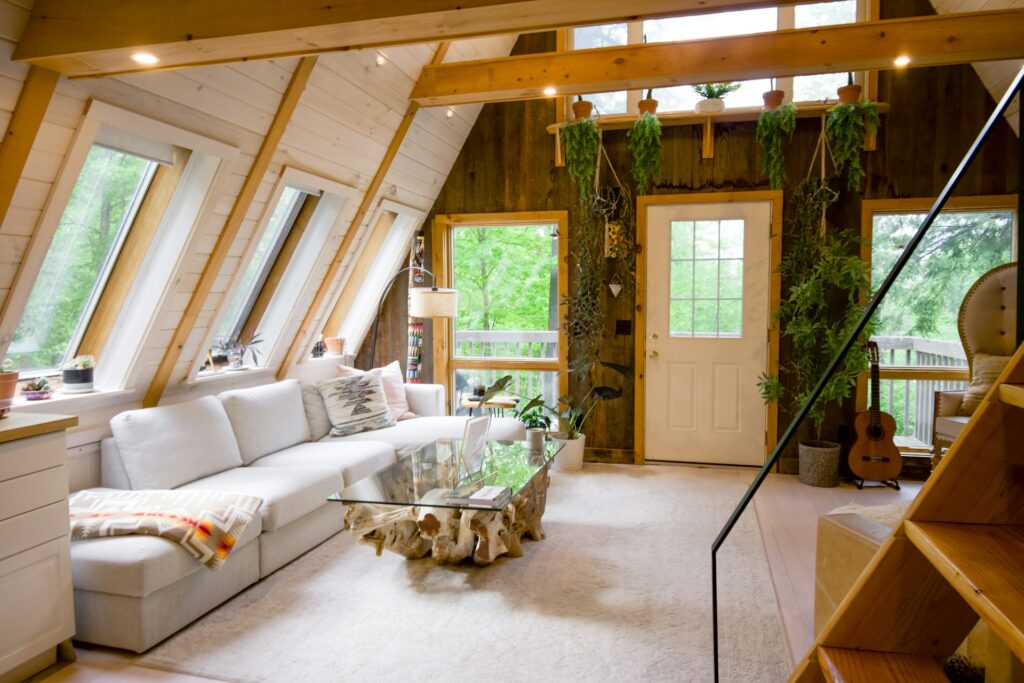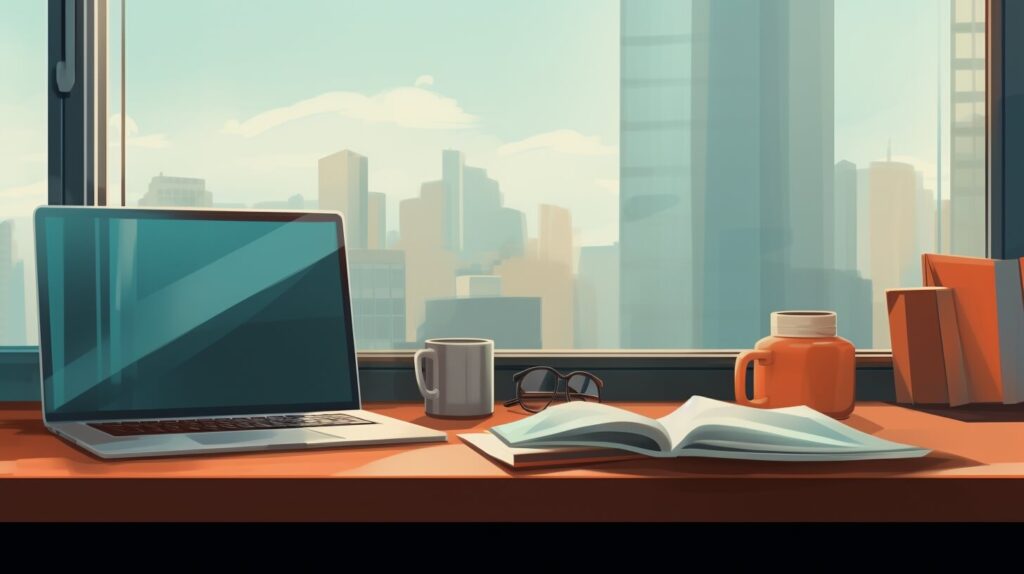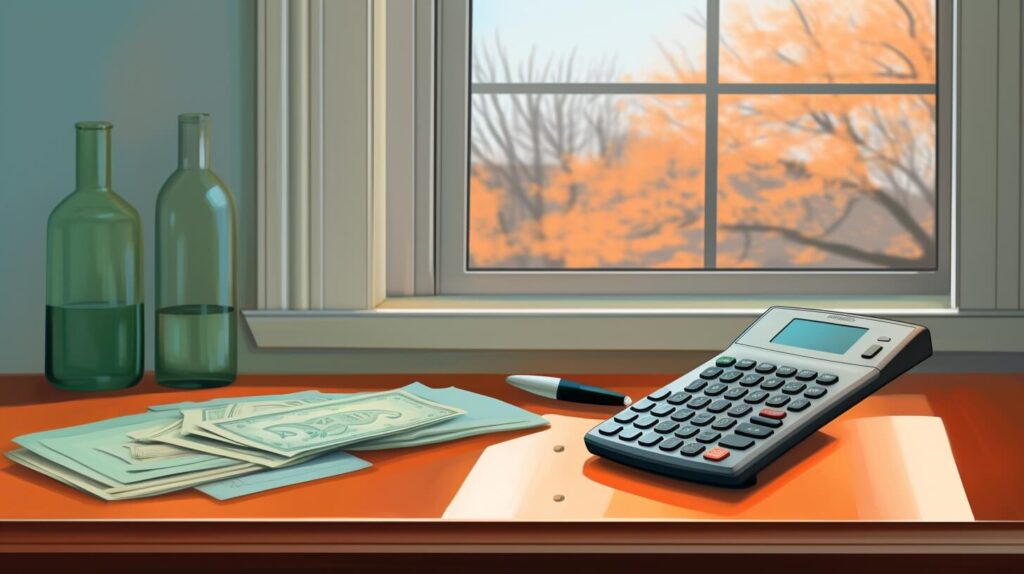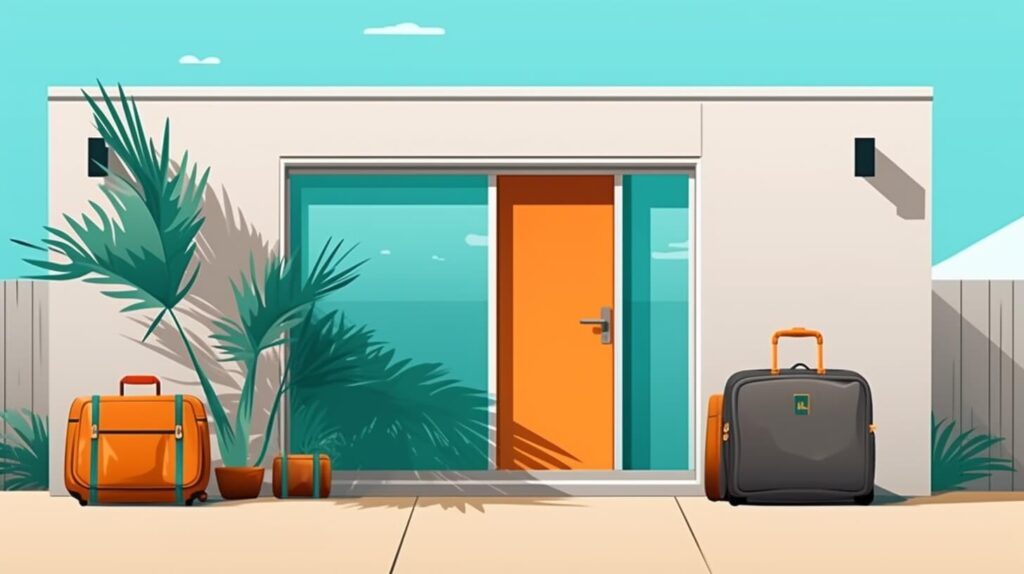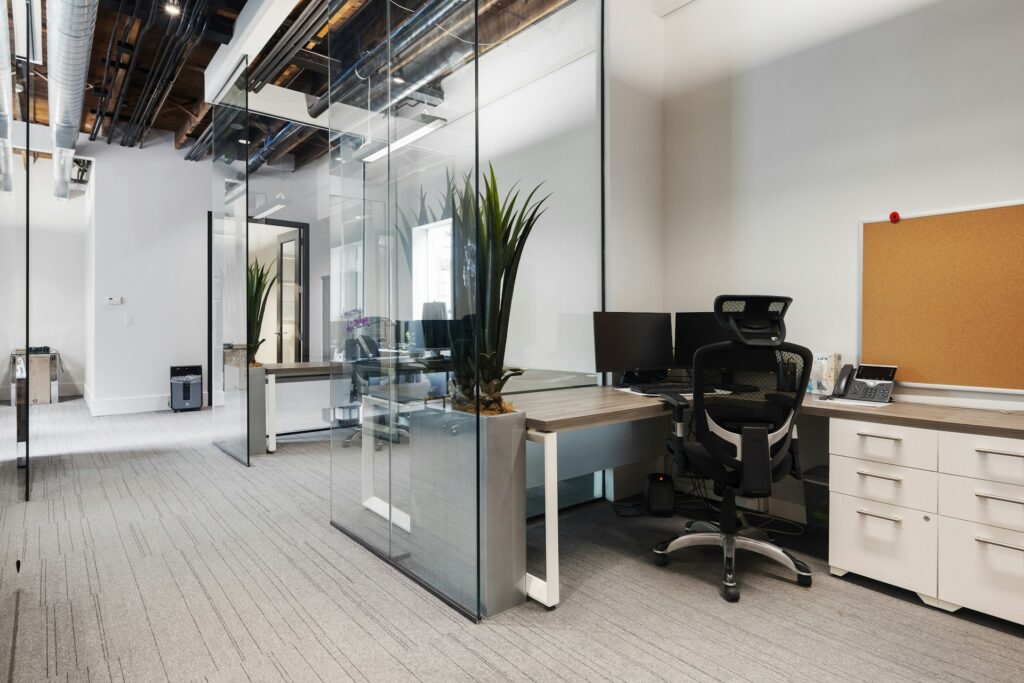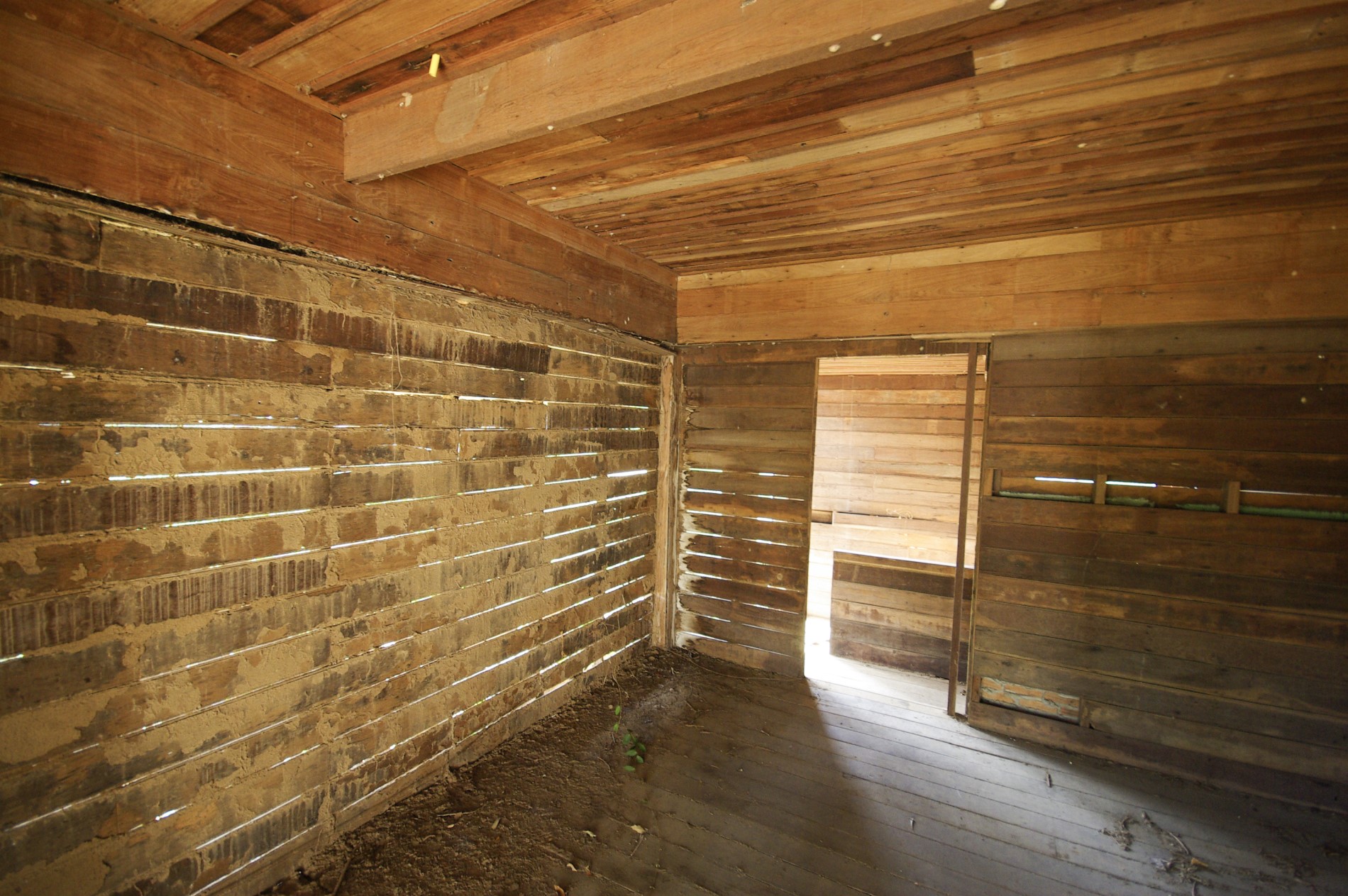
We are reader-supported. When you buy through links on our site, we may earn an affiliate commission.
In the words of Forrest Gump, “Life is like a box of chocolates. You never know what you’re going to get.” The same is true of buying a foreclosed property.
Why Are Foreclosed Properties Risky?
There are potential benefits to purchasing one. You could get a great bargain on a good home in a beautiful neighborhood with a low downpayment. However, chances are you won’t score your dream home by purchasing a foreclosure. Therefore, it’s vital to learn what makes buying a foreclosed property risky before taking the plunge.
1. Lack of Disclosures
Most states require properties to make disclosure statements available to buyers. However, since lenders and owners rarely see the property under foreclosure, the vast majority of states spare them from filing. Consequently, unless you request an inspection, you won’t know about cracks in the foundation, plumbing issues or other things that may affect the value of the home.
Hiring an inspector can cost a couple of hundred dollars, but it’s worth it if you don’t want to overpay.
2. Potential Additional Fees
In addition to paying for the property itself, you may also have to pay extra fees. These additional costs — or liens — may include unpaid income and property taxes, bills the previous owner neglected to pay, code violations and title issues. Moreover, you may get stuck with transfer taxes and extra fees to the foreclosure company and the negotiator. Thus, it’s important to do your research and purchase title insurance to protect yourself from certain charges.
3. Squatters
Squatters do have rights — and they can cause some serious problems if they’re illegally living on your new property. If the squatter forged false paperwork, calling the police may not effectively remove them due to legal complications. In this case, your only option would be to pay them to leave or evict them. The latter can cost thousands of dollars in attorney fees, and it may take months before you can legally get rid of them.
4. Bad Renovations
When you purchase a home without seeing the inside first, you run the risk of finding bad renovations. If the previous owner had to vacate before finishing home projects, there might be shag carpet in one room and beautiful hardwood in another, leaving you to finish the house. Likewise, the previous owner may have made changes to the home without understanding how to complete them correctly or neglecting to obtain permits. If this is the case, you’ll be left cleaning up the mess.
5. Repair Costs
You might end up with a shell of a house with little to no fixtures or appliances. This situation is most common in cases where the previous owner had hard feelings toward the bank and destroyed the home out of spite.
If a foreclosed property was empty for a long time, vandals may have also broken in and torn the place up. In either case, you’d be stuck with removing trash, making repairs and replacing missing fixtures to make the property livable.
6. Maintenence Concerns
In some cases, a bank will foreclose on a home if there are serious maintenance issues the owner can’t afford to fix, thus making the home unlivable. When you buy the house, you’ll have to correct these issues.
Furthermore, you’ll also have to worry about repairing and maintaining overgrown grounds, electrical wiring, plumbing and more. Doing this can cost even more than what you initially paid for the home.
Buying a Foreclosed Propery Carries Some Risk
What makes buying a foreclosed property risky? While extra fees and repair costs may be a headache in and of themselves, having to worry about purchasing delays and financing can also cause major stress. While it typically takes six to eight weeks to close on a home, a foreclosure property may take six months to a year. Therefore, it’s smart to plan ahead and assume the process will take longer than you would think.
